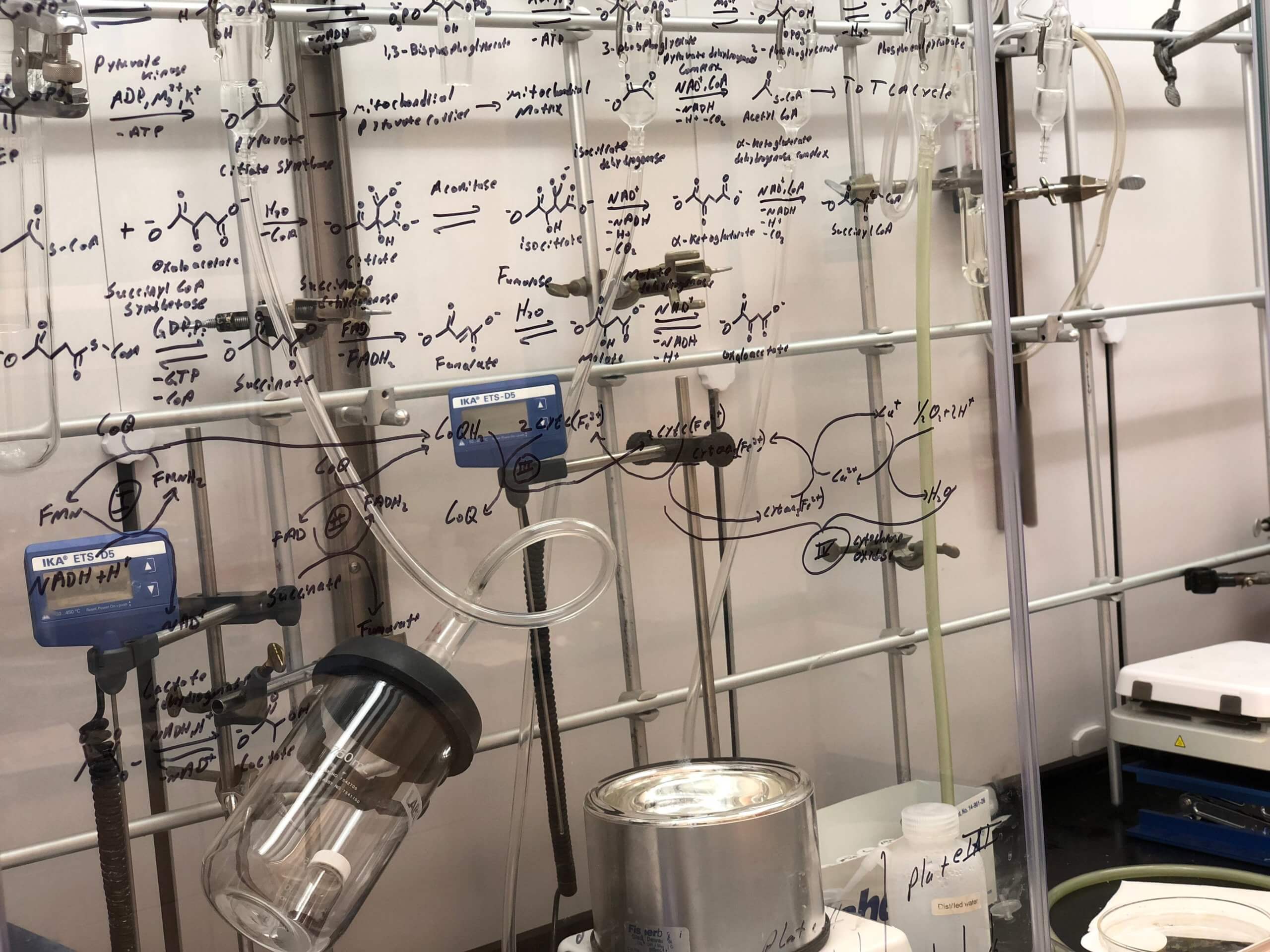The Problem We Are Solving
90
Drug resistance causes treatment failure and mortality in over 90% of patients with metastatic cancers. Many cancers not only possess intrinsic mechanisms of chemotherapeutic drug resistance, but most cancers acquire drug-resistant traits following first-line chemotherapy as the disease progresses. Multidrug-resistance (MDR) ultimately reduces the efficacy of multiple chemotherapeutic agents, even with drugs that have vastly different mechanisms of action.
MDR cancers resist the action of chemotherapeutics through Drug Efflux, a process that expels chemotherapeutic out of a cancer cell, mitigating its otherwise beneficial anti-cancer effects. Drug Efflux not only diminishes chemotherapeutic efficacy, but also causes deleterious side-effects when healthy cells encounter the expelled chemotherapeutic.

Astante (Italian) /as’tante/
noun, masculine: bystander
Working Toward a Solution

At Astante Therapeutics we develop drugs with novel mechanisms of action that are enhanced by drug efflux. Our unique drug delivery strategy co-opts drug efflux for therapeutic benefit by linking an anti-cancer immune response, from bystander immune cells, to drug efflux in MDR cancers.
We call this platform, where anti-cancer efficacy is induced from bystander immune cells (such as tumor infiltrating lymphocytes), Bystander-Assisted ImmunoTherapy, or BAIT. We envision BAIT will be a new class of therapy that is effective against MDR cancers, and may even be capable of re-sensitizing MDR cancers toward more traditional chemotherapeutics.
How is BAIT different?
BAIT is different because it relies upon the specific mechanisms of multidrug resistance for activation. In BAIT, an immunotherapeutic pro-drug is tethered to a targeting chemical moiety which is removed by the unique metabolism of MDR cancer cells. In the presence of MDR cancer, the BAIT pro-drug is taken up and metabolized by the cancer cells.
Once metabolized, the active immunotherapeutic is expelled, via drug efflux, into the surrounding environment, where it can interact with bystander immune cells to initiate an immune response against the diseased cells. Importantly, our drug delivery platform has been shown to not be harmful to healthy cells; in safety studies, we saw no inflammation or immune response when the drug was administered to non-cancerous cells.



Pipeline
Currently we are investigating two lead drug candidates, BAIT719 and BAIT628, which have completed in-vivo safety studies and are in the early stages of in-vivo efficacy studies for mouse MDR metastatic prostate and triple negative breast cancers. If successful, we envision these therapeutics will have wide ranging efficacy in MDR cancers that rely upon drug efflux to persist.
”The mechanisms of action for our drugs are unique. The reward if successful (increased patient survival) is significant.
Rock ManciniFounder of Astante

